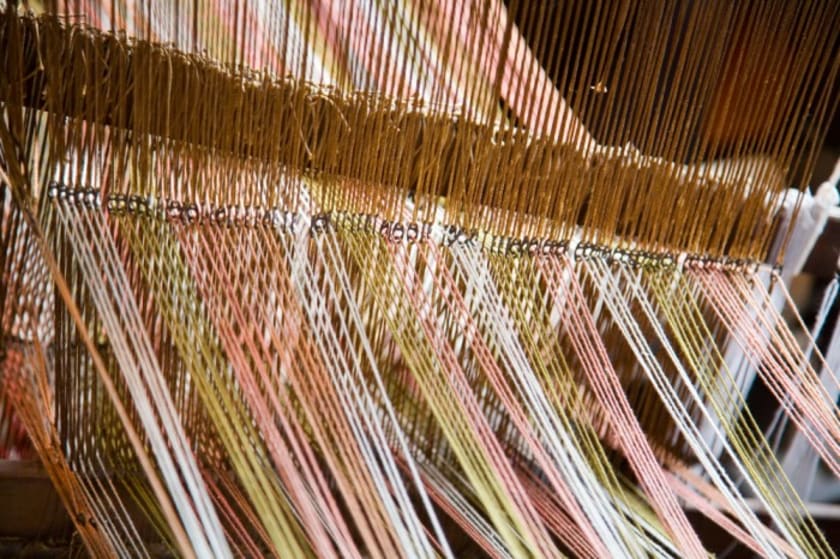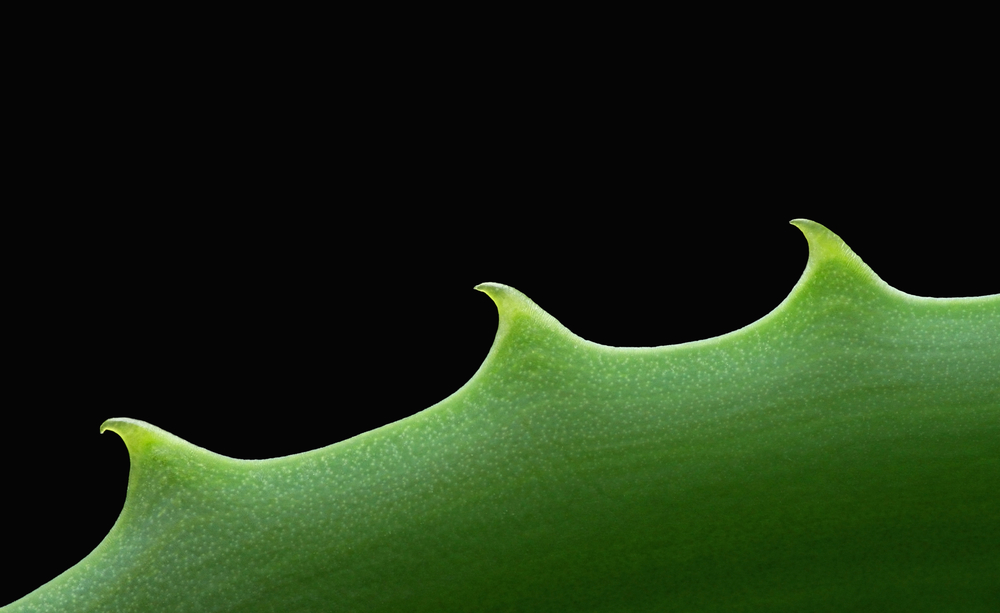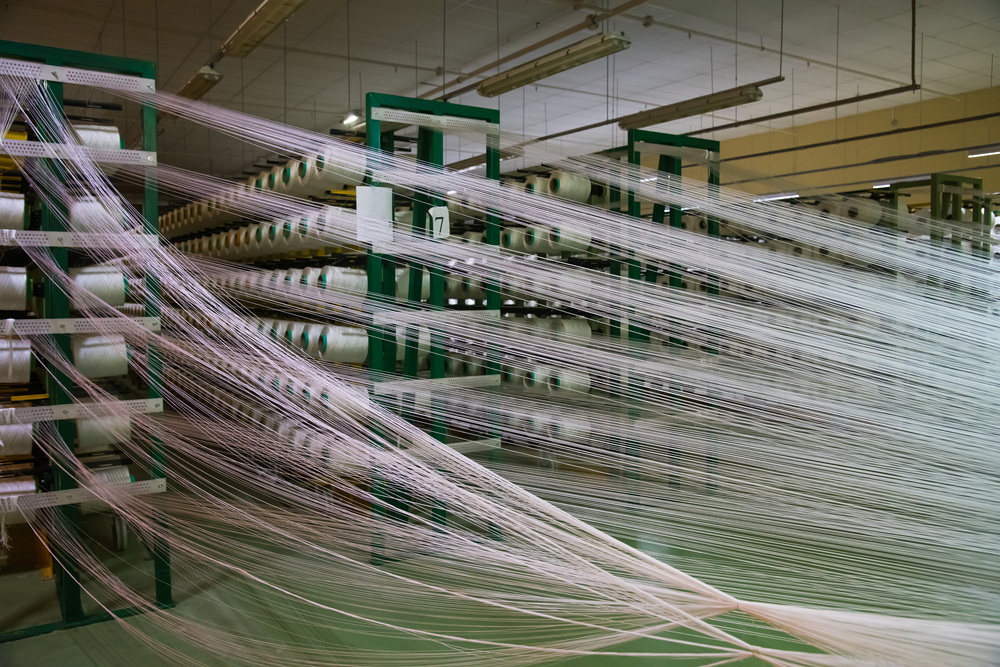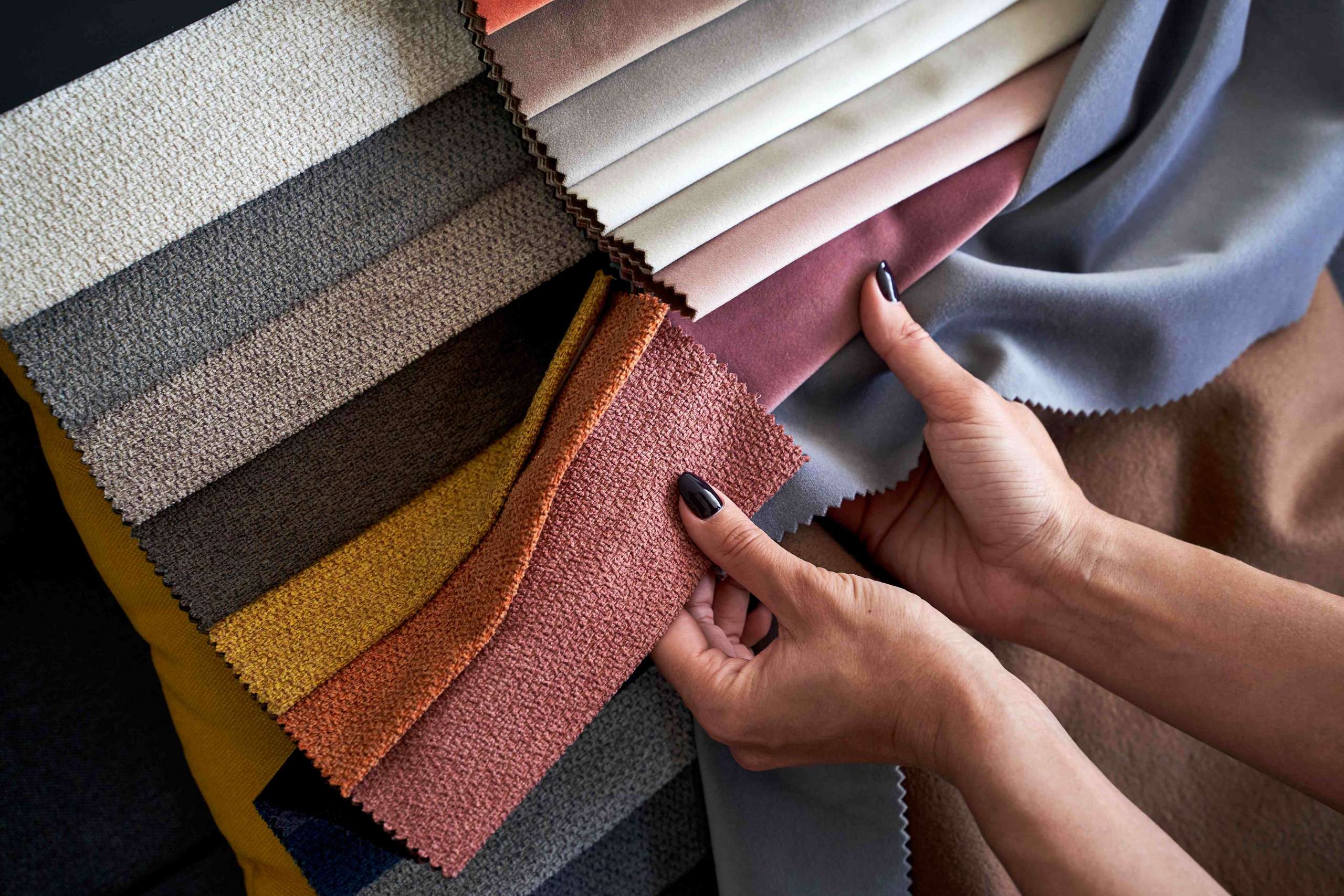Infinite Possibilities for Textile: Aloe vera



Organic fabrics, sustainable production methods, and eco-friendly manufacturing is the rave of the season. Aloe-infused organic fabric’s strong debut proves just that. Aloe vera is nature’s premium gift to us. It is comical to think how the vicarious and slimy offerings of the humble aloe vera plant can be used to make textiles. Aloe vera, also known as the ‘healing plant,’ has been put to greater use in the making of medical textiles, UV protective textiles, wearable electronic textiles, etc. The aloe-infused textiles are here to stay. Let’s explore how.
The Historical Uses of Aloe Vera
Long gone is the era when people could pass the cosmetic aisle before spotting an aloe-based product. The rapid ascent of aloe as the go-to soothing and cleansing gel began in the late 90s. Aloe vera has been used for medicinal and cosmetic purposes for thousands of years. Although its contemporary dominance surely stems from the capitalistic push, one cannot deny the medicinal virtues and multipurpose uses of the plant. Today, the estimated worldwide market value of aloe-based products stands at roughly $13 billion.
Gels, pills, creams, dishwashing liquid, and even the morning yogurt’s main ingredients include aloe vera. It is the rich and succulent leaf extracts that make it the only viable plant in its family of 500 relatives. The traditional application of the plant, however, is adhered to its raw use. The pulp gathered from aloe leaves has been used to cure wounds, heal sunburns, and internal digestive issues for centuries.
Most of the plant’s prowess is concentrated in the inner gel of the leaves. Aloe vera’s considerable medicinal properties have been one of the richest natural sources of health for human beings. Within its thick leaves, the plant stores more than 200 different biologically active substances. The other uses of the aloe vera plant have been in its natural antibacterial and antimicrobial offerings. The medicinal properties of the gel also contain various antitumor, anticancer, antiarthritic, anti-rheumatoid, and antidiabetic properties. Finally, the raw consumption of aloe treats constipation, gastrointestinal disorders, and other immune system deficiencies.
Aloe Vera in Textiles
It is indeed shocking to read that the most recommended plant to add to the face packs and hair masks also adorns the closet. The textile industry’s recent enamoring with organic fabrics has been a long time coming. It is wondrous how the slime transforms into soothing organic fabrics. The aloe-infused textiles are created through the submergence of encapsulated aloe vera capsules onto the fabric.
The first attempts at organic fabric were made with bedsheets. The incorporation of aloe vera in the sheets accentuated their touch and comfort. Being good and uniquely soothing to the skin, the addition of aloe in bedsheets has yielded many positive results. The practice has now transcended to daily wear and reusable clothes. For a market that’s always looking for innovation, the much improved aloe-infused clothes are not a hard sell.
The encapsulated aloe is waterproof, airtight, microscopic, and bursts open only when the organic fabric is rubbed against the skin. Every time an infused garment is put on, aloe is applied to the skin. Aloe vera is naturally anti-bacterial and keeps the body clean and combats residue body odour.
The Encapsulation of Aloe Vera
The evolution of aloe-infused organic fabric stems from the nonwoven bandages laced with aloe gel that is used to treat burned skin. The practice of industrial encapsulation is rather new. In 2005, a group of Indian scientists led by Krishnan and Singhal evaluated the tertiary and binary cornstarch blends by bonding octane succinate with cardamom oil, gum, and maltodextrin. The aloe microcapsules infused in textiles are prepared through the coacervation method. The process is carried out through the aqueous extraction method, which allows for the extraction of plants and other materials using deionized water. Subsequently, through continued stirring and ice baths, aloe vera is used as starch through the wall polymer. Through further oxidation, the blend successfully encapsulated the aroma and essential oils. The succulent enzymatic characteristics of the plant present infinite possibilities in the preparation of textile composite materials.
The Ultimate Organic Fabric: Aloe Vera Fibers

The aloe vera fibres fabric is made of microfibres produced through innovative technology. The aloe vera microfibre is half the size of silk fibre, and its subtle infusion elevates the garment to a different level. Aloe vera fibres fabric can be used to make any kind of garment. The lightweight and pleasant feel of the fabric makes it crease-resistant and highly absorbent. The fabric also repels moisture and cold, securing a comfortable fit throughout the day for its wearer.
Some of the major types of garments made using organic fabric are:
- Bedsheets and quilts
The aloe-infused organic fabric is a friend to your skin. The long nights of discomfort and fabric rub can be eliminated by the gentle and pleasant touch of the fabric. The breathable factor of the fabric makes it a great choice for your next bedsheet.
- Lingerie and intimate wear
The excellent anti-allergenic and antibacterial properties of microfiber make it a recommendable choice for lingerie fabric. With similar properties to cotton, but none of the maintenance baggage, the excellent breathability and moisture control of the fabric is great for your lingerie.
- Activewear
Aloe-infused activewear is versatile and makes for the softest stretchable fabric. The breathable undergarments allow you to enjoy any leisure or sports activity and consistently absorb sweat.
- Sun protection gear
Aloe vera fibre absorbs the harmful UV rays and stays cool on the inside, making for a comparatively better choice than other fabrics such as cotton and jersey.
- Napkins and wipes
Aloe vera is anti-inflammatory. The fibre dispels viruses and other fungicidal elements from our skin. Its antipruritic properties reduce clotting and bleeding, and control the temperature of inflamed body parts. With all of its qualities, the aloe fibre fabric acts as a natural humidifier, adding an additional layer of moisture to the skin. The use of aloe-infused fabric is natural and is being done for years, even before the encapsulation of aloe vera fibres. The cell proliferation induced by aloe vera speeds up the regenerative process of the healing process.
- Infant clothing
By its nature, aloe-infused fabrics are baby-friendly and are a better alternative to other materials such as silk and linen. The fabric sits smoothly on the skin and the bactericidal activity induced by the consistent bursting of aloe capsules keeps the baby healthy.
- Leather products
Leather’s internal fibre matrix is a natural carrier of aloe vera capsules. The aloe-infused leather is used to make shoes and gloves, which combat the bacteria buildup and general odour of the skin. The gel carrier penetrates the internal fibre matrix and comes in contact with the skin of the wearer, which helps the skin stay revitalized and soft.
Industries Ahead in the Game

Although it continues to be a rather novel topic, many companies have already embraced the aloe-infused fabric models. Some examples are:
- Carrot Banana Peach describes its 92% aloe and 8% lycra Aloe Vera Top as the “softest stretchable fabric… breathable undergarment in cooler temperatures.”
- YOU Intelligent Clothing dishes its aloe-infused fabric line for its antibacterial benefits of the fabric which are ideal for activewear.
- French lingerie label Simone Perele released a line of underwear and bra featuring aloe-infused lace called ‘Carresence. The collection described aloe lace as the antidote to the rather itchy and irritating fabric profile of silk.
- The Australian clothing brand launched aloe vera-infused fabrics and showcased special aloe-vera blended linen which moisturizes the skin. The inspiration came after the brief altercation with a Northern Italian mill that specialized in clothing. Although they have admitted that the moisturizing properties vanish after a couple of washes.
- Multiple Indian sellers are out in the market with organic fabric, retailing at around INR 900/metre.
The Advantages of Using Aloe Vera in Textiles
- Aloe vera is nourishing for the body and skin. A concentration of aloe vera in garments is revolutionary.
- Aloe-infused fabric repels cold and moisture from the outside and allows a large number of pores to filter through the breathable fabric, ensuring steady evaporation of sweat.
- Aloe-infused fabric is cool and textured for comfort. It has a reverse-atmosphere impact on the skin, i.e. it offers a cooling effect during warm temperatures and warmth at lower temperatures.
- Microfiber has exceptional properties to soothe the skin and counter the wear and tear of the day.
- Most aloe-infused fabric contains at least 3% medicinal aloe product, which acts as a natural purifier for the skin.
- Aloe extracts relieve joint and muscle pain when applied in high concentrations throughout the day, which is usually possible only through the rubbing of aloe-infused plants against the skin.
- The aloe-infused fabric has antimicrobial properties, including UV protection, cosmetic shielding, and antibacterial countereffects.
Bottom Line
The rapidly changing world calls for innovation in every sphere of the world, including textiles. The advent of organic fabric with the infusion of aloe vera in textiles is a new practice that stands to benefit us all. From its multifaceted benefits, extraordinary capabilities, and sustainable application, aloe vera isn’t going out of style any time soon. Sing up with Fashinza today to stay updated on aloe-infused clothing and other emerging organic fabrics.



















